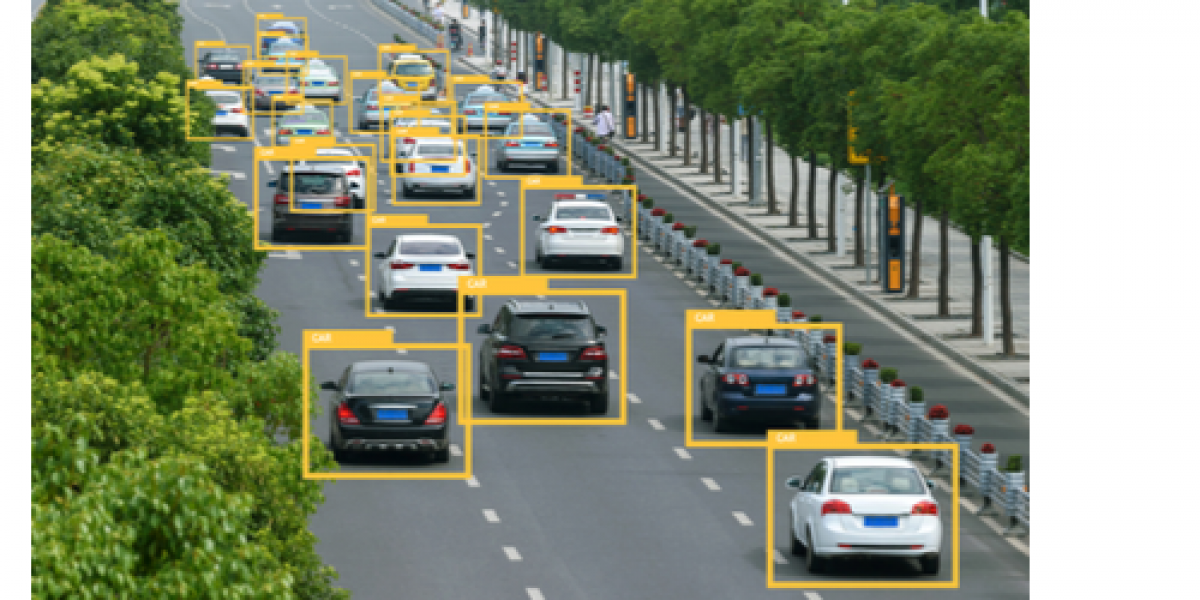Automated cars
Beginning the process
Back in June, Congress passed a bill outlining legislation for autonomous vehicle regulation, called the SELF DRIVE Act. Strikingly, the bill had bipartisan support – demonstrating exactly how crucial an issue that legislating for new and emerging technology is right now.
The SELF DRIVE Act paves the way for a new wave of legislation that will need to be drafted over the coming months and years to keep up with the limitless and unknown dilemmas that the development of artificial intelligence and machine learning is giving rise to in the world of law.
The SELF DRIVE Act paves the way for a new wave of legislation that will need to be drafted over the coming months and years to keep up with the limitless and unknown dilemmas that the development of artificial intelligence and machine learning is giving rise to in the world of law.
Legal implications of emerging technology
The full extent of the legal implications that new technologies will have is as yet unknown, but one thing is clear: legislative clarification is urgently needed and soon. It is critical that bill drafters begin the process of drafting principles to govern future regulation now.
As it stands, states are currently drafting up their own regulations around the SELF DRIVE Act, which will have implications for automated cars driving from one state to another, depending on how the laws differ. This is just one scenario, but it embodies all the intricate layers – and hints at the many implications – involved in drafting regulations around a completely new area of law.
Technology is changing all the time, which makes it extremely difficult for regulatory bodies to continue to legislate effectively. The challenge for drafters is that there’s no precedent, but as the custodians of the rules, they need to create a framework where the rules are relevant and meaningful enough to stand the test of time.



